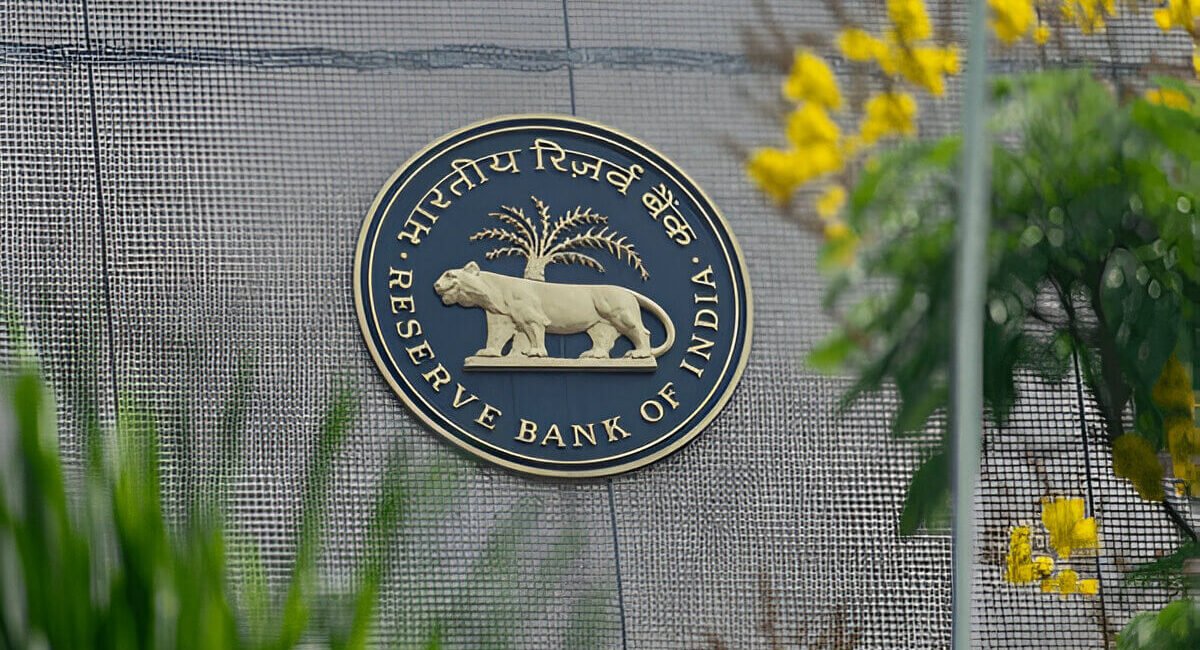RBI Monetary Policy April 2025: A Proactive Pivot Toward Growth and Stability
In a much-anticipated move, the Reserve Bank of India (RBI) announced its April 2025 Monetary Policy, setting the tone for the new financial year with a clear shift toward economic growth. By reducing the repo rate by 25 basis points—from 6.25% to 6.00%—and adopting an accommodative stance, the central bank has signaled confidence in India’s macroeconomic stability while remaining alert to global headwinds.
This policy announcement comes amid a backdrop of easing inflation, strong foreign exchange reserves, and promising growth indicators. Here’s a comprehensive breakdown of what this policy means for the economy, financial markets, and key stakeholders.
1. Rate Cut: A Strategic Decision
The RBI’s Monetary Policy Committee (MPC) voted unanimously to cut the repo rate to 6.00%, the first cut in a year. This decision is a response to multiple converging factors:
- Headline CPI inflation has moderated significantly, with March 2025 figures at 3.5%, the lowest in 18 months.
- Food and fuel prices have softened due to strong rabi and kharif harvests and stable global commodity prices.
- Core inflation remains below 4%, indicating subdued demand-side pressures.
By reducing the policy rate, the RBI aims to stimulate borrowing, investments, and consumption, especially in the private sector and MSME segment.
2. Shift to Accommodative Stance
Equally significant is the RBI’s shift from a neutral to an accommodative stance. This change allows for further rate reductions if macroeconomic conditions continue to support easing. An accommodative stance means the RBI is prioritizing growth, especially as inflation appears under control and within the target range of 4% ± 2%.
This pivot is expected to boost market sentiment, improve credit flows, and lower financing costs for both businesses and consumers.
3. Growth Outlook: Resilient Domestic Fundamentals
The RBI retained its GDP growth forecast at 6.5% for FY 2025–26. While this is a slight downward revision from earlier projections of 6.7%, it reflects realism amid global uncertainties such as:
- Ongoing geopolitical tensions impacting trade flows
- Tight financial conditions in advanced economies
- Persistent volatility in global commodity and energy prices
On the domestic front, the outlook remains optimistic. Strong rural demand, a robust services sector, rising capital expenditure, and higher infrastructure spending are key growth drivers.
4. Inflation Projection: Anchored and Stable
One of the most positive takeaways from the policy is the inflation outlook:
- FY 2025–26 CPI inflation is projected at 4.0%
- Quarterly projections: Q1 – 3.6%, Q2 – 3.9%, Q3 – 3.8%, Q4 – 4.4%
This benign inflation environment gives the RBI room to support growth. The softening of food and fuel prices, coupled with subdued demand-pull inflation, has reduced upward pressure on consumer prices.
5. Liquidity Conditions: From Deficit to Surplus
April 2025 saw a notable improvement in systemic liquidity. RBI operations through the Liquidity Adjustment Facility (LAF), open market operations, and forex interventions have restored banking system liquidity to a surplus of ₹1.5 lakh crore.
This liquidity support is expected to translate into:
- Lower short-term borrowing costs
- Improved transmission of rate cuts to end borrowers
- Smoother functioning of money markets
6. External Sector: Strengthening Resilience
Despite global uncertainties, India’s external sector remains strong:
- Forex reserves stand at USD 676.3 billion, offering 11 months’ import cover.
- Strong remittances and services exports have cushioned the Current Account Deficit (CAD).
- The Indian Rupee has remained relatively stable against major currencies.
This robust external buffer enhances investor confidence and provides the RBI with the flexibility to manage exchange rate volatility without compromising domestic policy goals.
7. Sectoral Impact: Who Benefits?
The policy is expected to positively impact multiple sectors:
- Banking & NBFCs: Improved credit demand and margin support from lower rates
- Real Estate: Lower home loan EMIs could boost housing demand
- MSMEs: Easier access to working capital and lower borrowing costs
- Capital Markets: Equity markets may see bullish sentiment due to policy easing
In particular, the RBI’s tone reinforces its intent to support productive sectors and employment-generating industries, aligning with broader government objectives.
8. Market Reaction
The bond markets have responded positively, with benchmark yields falling post-announcement. Equities witnessed a moderate uptick, led by rate-sensitive sectors such as banking, real estate, and autos.
Currency markets remained stable, bolstered by strong forex reserves and the RBI’s credibility in maintaining macroeconomic stability.
9. Challenges Ahead
While the policy is timely and supportive, certain risks remain:
- Any resurgence in global crude oil prices could fuel inflation
- El Niño-related disruptions could impact the upcoming monsoon and food supply
- Global financial tightening could lead to capital outflows
The RBI has emphasized its data-dependent approach, indicating future actions will be contingent on the evolving macroeconomic landscape.
Conclusion
The RBI Monetary Policy April 2025 demonstrates a calibrated and forward-looking approach. With inflation under control and growth needing support, the policy delivers a growth-oriented push without compromising the RBI’s core mandate of price stability.
As India navigates an uncertain global environment, this policy offers reassurance that the central bank remains vigilant, agile, and aligned with the nation’s long-term economic priorities.
Whether you’re a borrower, investor, policymaker, or market observer, this policy sets the tone for a cautiously optimistic FY 2025–26.


Leave a Comment